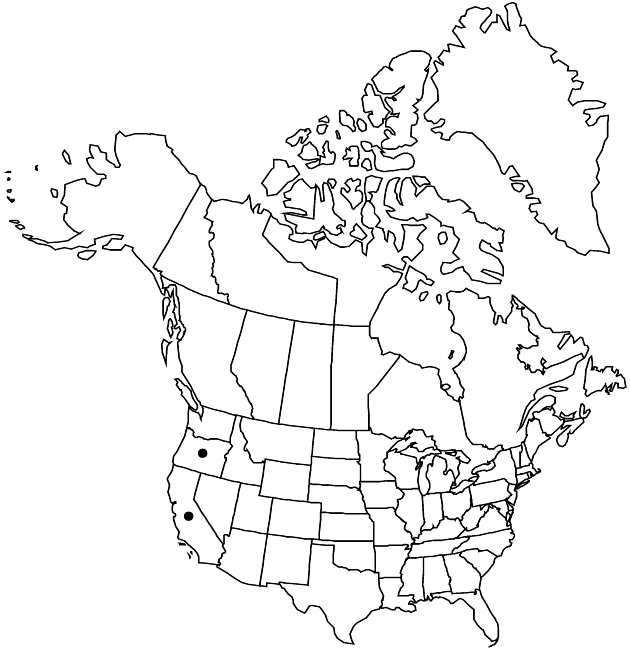Rudbeckia glaucescens
Leafl. W. Bot. 2: 55. 1937.
Perennials, to 150 cm (roots fibrous). Leaves bluish green (heavily glaucous), blades lanceolate to elliptic (not lobed), leathery, bases attenuate, margins entire or remotely serrulate, apices acute, faces glabrous; basal petiolate, 20–50 × 4–10 cm; cauline petiolate or sessile, 10–25 × 2–8 cm. Heads borne singly or (2–10) in ± corymbiform arrays. Phyllaries to 1.5 cm. Receptacles conic to columnar; paleae 4–6.5 mm, apices acute, often attenuate, abaxial tips hairy. Ray florets 7–15; laminae elliptic to oblong, 25–40 × 8–14 mm, abaxially hairy. Discs 15–35 × 14–22 mm. Disc florets 250–400+; corollas yellowish green, 3–4 mm; style branches ca. 1 mm, apices acute. Cypselae 4–5.5 mm; pappi coroniform or of ± connate scales, to 1.2 mm. 2n = 36.
Phenology: Flowering summer–fall.
Habitat: Meadows, seeps, streamsides
Elevation: 60–1300 m
Discussion
Rudbeckia glaucescens often grows on serpentine and often with Darlingtonia.
Selected References
None.
